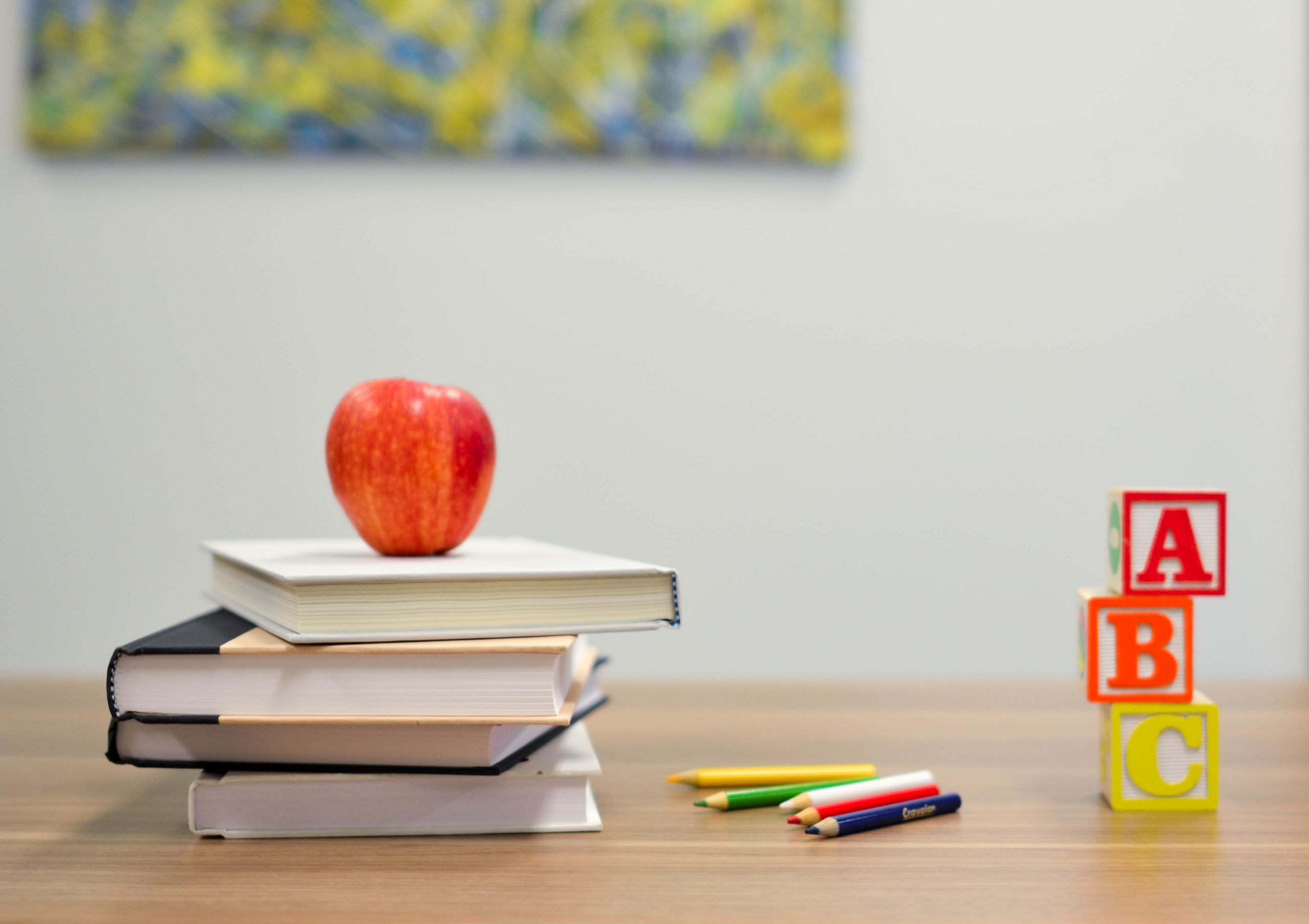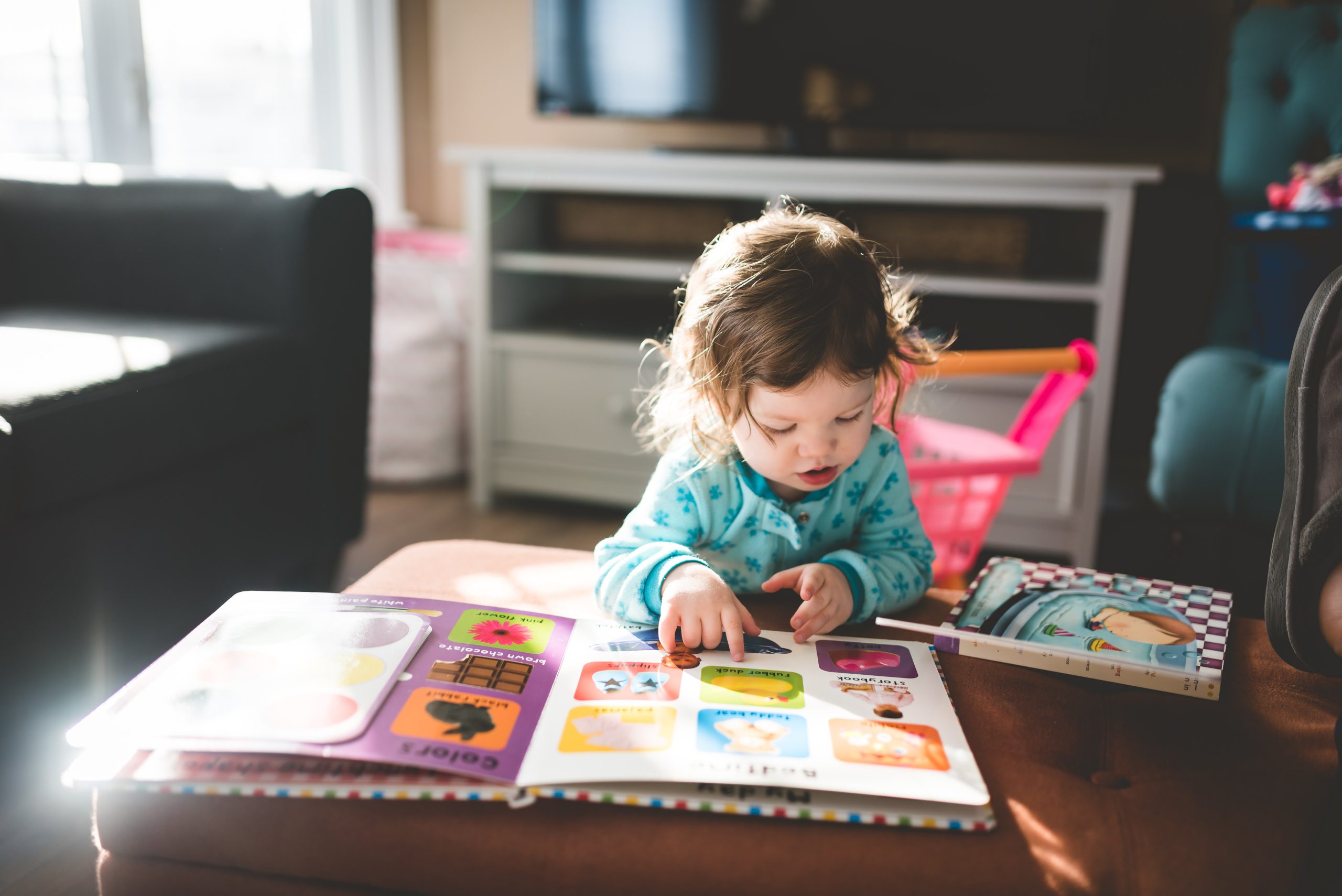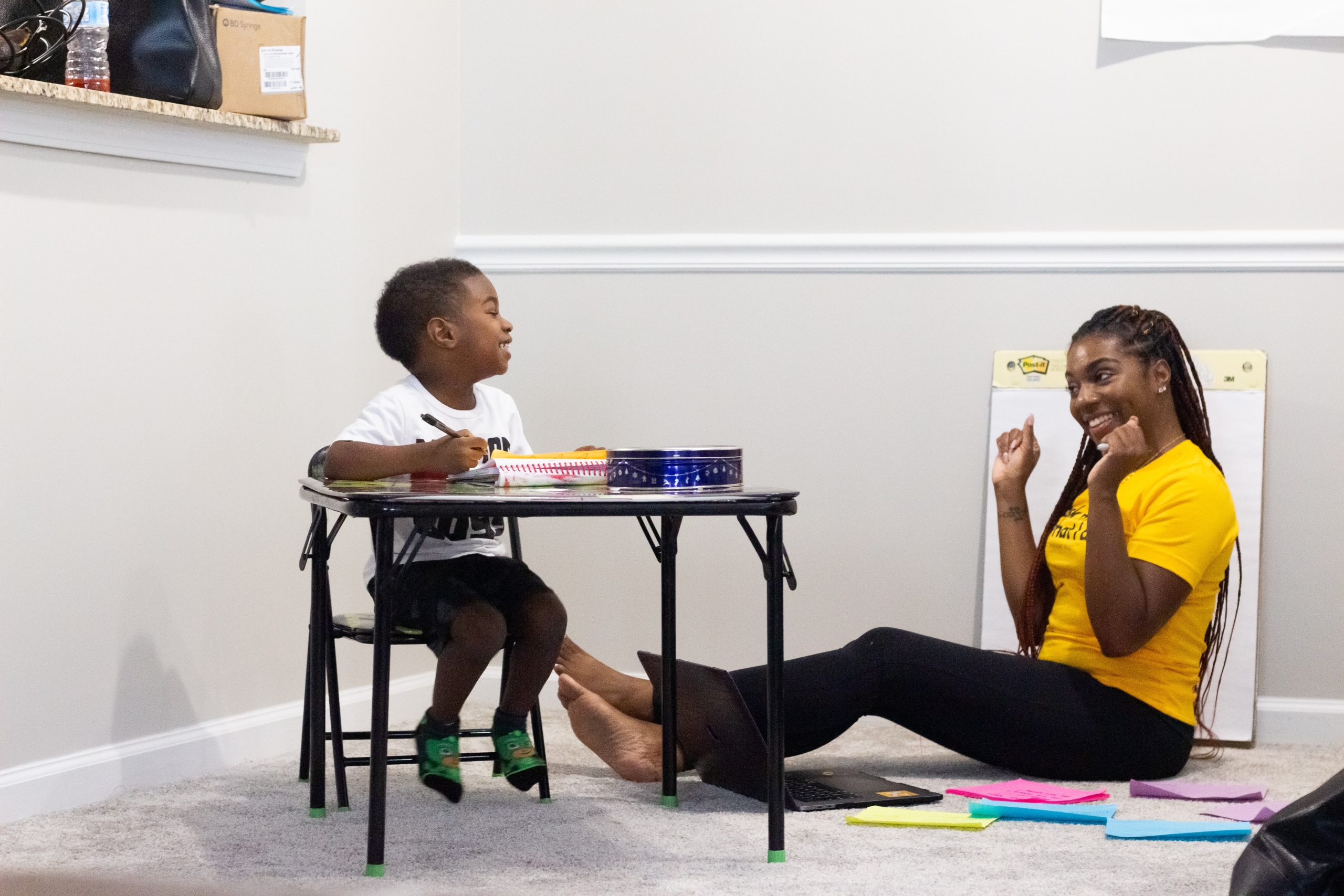10% of the population in the world has dyslexia according to the U.S. Department of Health and human services, affecting all races, ethnic backgrounds, and socio-economic levels. Today we are going to talk about dyslexia and more importantly, dyslexia in children so we can help them grow up to be independent, accomplished, and confident individuals.
Dyslexia is a learning disability that affects a child’s reading, writing, and spelling abilities. It is a neurological disorder that affects the way the brain processes information. Dyslexia can run in families but is not caused by poor parenting or bad teaching. It is a lifelong condition that can impact a child in school, work, and social life.
Although there is no proper cure for dyslexia – an early intervention, the right techniques, and ample support can help children with dyslexia to read, write, and spell. Without proper support and educational techniques, dyslexia can make a child feel uncomfortable and insufficient.
A common misconception about children with dyslexia is – they may not be able to do well in life but that is far from truth. Despite reading & writing difficulties, children with dyslexia often grow up to become great achievers.
Many of the world’s most prestigious entertainers, thinkers, and change-makers – Jennifer Aniston, Steven Spielberg, WoopiGoldberg, Henry Winkler, Muhammad Ali, Richard Branson, John Irving, JayLenu and Keira Knightley have dyslexia. They have had their own struggles with learning but they managed to use their abilities to achieve their goals and be recognized for it.
So let’s understand what is dyslexia, what are the symptoms of dyslexia in children and how parents/teachers can help a child with dyslexia to live a normal, happy, and successful life.

What is Dyslexia
“Dyslexia is caused by dysfunction within a neural circuit that supports reading. This circuit involves regions in the temporal and frontal lobes in the left hemisphere of the brain responsible for language comprehension and expression. ”
– Dr. Davis
Dyslexia is a neuro-biological condition associated with difficulty in reading, learning, and understanding spellings – is not caused by vision problems, hearing problems, or low IQ. According to the National Center for Learning Disabilities, dyslexia is the most common learning disability affecting more than 20% of the US population. It is mainly characterized by difficulties in learning to read, and difficulties with spelling, decoding, and writing.
Children with dyslexia are bright and intelligent with high IQs but are often labeled as “lazy” or “stupid” by their parents and teachers as they fail to understand the child’s problems and cannot provide them the help that they need. As a result, these children suffer from a low self-esteem thinking they may actually be lazy or stupid.
They hide their weaknesses by
- misbehaving in the class or at home
- daydreaming most of the time
- avoiding daily chores
- refusing to read & write
Dyslexia does not have a cure but an early intervention can help a great deal. Not all children with dyslexia have the same symptoms and require different treatment plan, therefore it is important to understand common signs and symptoms of dyslexia.

What are the Common Signs & Symptoms of Dyslexia in Children
Signs of dyslexia are difficult to diagnose in preschool age as the child is not introduced to reading. Generally the problem is detected by the teachers for the first time when the child starts going to school. By this time, the problem has already progressed. Diagnosing dyslexia as early as possible is crucially important for the child.
Symptoms of Dyslexia in Children Before Going to School
The following are some of the symptoms that can guide the parents if their child has dyslexia. If the child has one or more of the following symptoms, they should be taken to professionals for a diagnosis to be certain.
- Speaking late
- Difficulty in learning new words
- Issues in forming words
- Getting confused with similar words or similar phonetics
- Difficulty in remembering alphabets and how they look like
- Difficulty in distinguishing colors and shapes
- Difficulty in learning basic nursery rhymes or singing out loud
Symptoms of Dyslexia in Children at School Age
The following are some of the symptoms of dyslexia in children when are reach school age and have spent a few months at school. Both parents and teachers can identify any of the following symptoms which can further help in providing the right help to the child.
- Reading much below the age-appropriate level.
- Inability to understand and process verbal instructions
- Difficulty coming up with the proper phrase
- Issues with forming responses to inquiries.
- Having trouble recalling events in order.
- Difficulty seeing and hearing similarities
- Confusing between words that have same sound
- Inability to distinguish the alphabets – [b, d], [p,q], [w,m]
- Difficulty in understanding how to pronounce a word
- Taking longer time to do writing & reading assignments
- Avoiding reading in class
- Getting the spellings wrong with similar alphabets
If a child shows one of more symptoms from the list above, the child must be taken to a professional for complete evaluation. This evaluation can provide a map of things that need to be done to help the child as much as possible.
What are the Causes of Dyslexia in Children
U.S. Department of Health and Human Services reports that the root cause of dyslexia is not as clear cut as once believed. It’s a condition that is often misunderstood and misdiagnosed. The exact cause of dyslexia in children is still not known but it mostly runs in families.
According to the National Institute of Neurological Disorders and Stroke dyslexia is a neuro-biological condition that runs in families. Certain genes inherited from the parents may act together in a way that affects how some parts of the brain develop during early life of a child.
If more than one family member from either parent’s side has dyslexia, there is an increased likelihood that their child may also develop this condition.
In addition to family history being a risk factor, there’s a greater risk for dyslexia in children who were born prematurely or had a low birth weight. Being exposed to alcohol, drugs, or infections while in the womb can also raise the risk.
Here is a quick list of causes:
- Hereditary – dyslexia runs in the family of the child
- Premature birth – born before the completion of 9 months
- Low birth weight – an alarming low weight at the time of birth
- Exposed to toxics – exposed to alcohol, drugs, or infections while in the womb
- Infections or diseases – acquired an infection or a disease in infancy

Treatment of Dyslexia in Children – How to Help a Child with Dyslexia
Parents and teachers can come together to help a child deal with these issues by providing them with brainstorming physical exercises, mental therapy, and social support. Unfortunately, most parents and teachers don’t know these methods.
Take a look at the following things that can be done to help any child suffering from dyslexia.
Intervene early
The importance of early intervention for dyslexia is to help children at the earlier stages of their life and getting hold of the problem before it progresses. Children with dyslexia may have problems in school and at home, but early identification and treatment of dyslexia helps a lot.
Talk to the child
Stay positive, discuss solutions, and encourage an ongoing dialogue. Let them know that it’s okay if they cannot read the same as their friends. As long as they are trying, it is good enough. Do not stress them to read more than they can take in one reading. Encourage them to read on their own even if it takes time or they read wrong. Positive and encouraging communication is the key.
Read aloud with them
Read the same with them out loud so they see and hear the word. Even reading the same book again and again can help the child associate letters with sounds. Make reading fun by doing expressions and changing voice tone depending on the sentences. Bed time reading is also one of the ways to make it fun as it becomes a bed time routine rather than an educational activity.
Be their support cushion
Since there is no cure for dyslexia, the child may have difficulty dealing with the disorder for some time. Parents can be their support cushion by letting them know their child can talk to them about it and can come to them for every physical and emotional support.
Focus on the positive
Instead of looking at the child having a problem, look at what the child can do. Help them find their skills, abilities and talents. Celebrate small milestones and successes. Develop hobbies and interests that are separate from reading, so they can experience success elsewhere.
Provide specialized tutoring
One of the most effective treatments for dyslexia in children is specialized tutoring or instructional programs that are specifically designed for them. These programs can help them learn how to read and write more effectively.
Try medications
Another effective treatment option for dyslexia is medication. A number of different medications have proven to be helpful in treating the symptoms of dyslexia – difficulty processing information and difficulty with short-term memory. Talk to the child’s doctor and discuss any medication which may deem fit.
Dyslexia may not have a cure but it can be treated with proper techniques and methods. Parents and teachers can together help a child deal with dyslexia. Through the right methods, ample support, and assistive education, any child suffering from dyslexia can learn to read and write.

What are the Complications Associated with Dyslexia in Children
Dyslexia in children can cause a number of other complications and problems which makes the child stressed mentally and exhausted physically. Some physical complications associated with Dyslexia in children are:
- Headache, dizziness, or stomachache when reading
- Hallucination of words/alphabets moving around
- Zoning out/disassociation with what’s happening around
- Stuttering due to extreme stress of speaking
- Vision problems – very sharp eyesight and observation skills or poor peripheral vision
- Sensitivity to food additives or chemicals.
Help children with dyslexia as early as possible so they may grow up to become the next renowned philosopher, novelist, influencer, or a celebrity – use the power of their mind to achieve great things.
Like what you read?
- Connect with us, here.
- Have a question? Ask us.
- Read more, check out: Dear Son, Please Forgive Me.






Pingback: Mental Health Awareness - Spiritual Healing Monthly Insights
Pingback: Disney Stars, Singers, Marvel Actors & Celebrities with Dyslexia